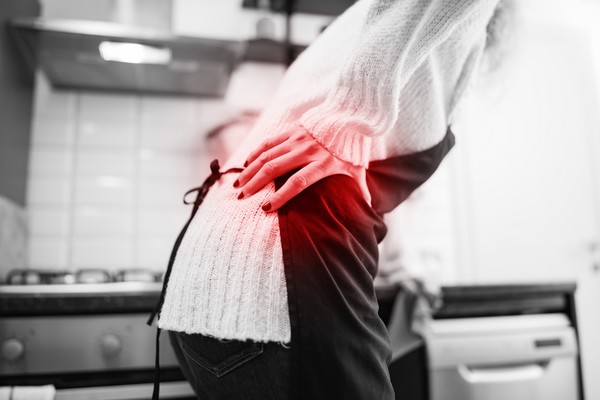When daily temperatures fluctuate during the change of seasons, people could easily catch colds and experience body aches.
However, if you have these symptoms accompanied by sudden side pain, doctors could suspect that you might have “pyelonephritis,” or kidney infection, which requires quick treatment.

Pyelonephritis refers to an inflammation of the kidneys caused by bacteria. It means that the upper urinary tract, such as the kidneys or renal pelvis, is infected.
Infections of the bladder or urethra are called lower urinary tract infections.
Pyelonephritis more common in women than men
According to the Health Insurance Review and Assessment Service (HIRA), the number of patients with pyelonephritis in 2022 was much higher in women than men in all age groups except those aged 0-9.
Pyelonephritis is caused by a bacterial infection such as Escherichia coli. Most infections occur when bacteria travel from the bladder to the kidneys, and sometimes the kidneys are infected through the bloodstream.
According to the latest health statistics, female pyelonephritis patients were mostly between the ages of 40 and 60. Women are more likely to get cystitis, also known as a bladder infection, than men. This is because the length from the bladder to the skin is relatively short in women, so bacteria present in the skin can easily enter the bladder.
Symptoms
Symptoms of kidney infections are similar to those of a cold. Typically, the symptoms include muscle pain, body aches, chills, fever, and severe pain that starts from the upper back and spreads to the side. There may be a pain when urinating or a feeling of residual urine. Urethritis and cystitis are often preceded, and severe infection may show hematuria, or blood in the urine.
Diagnosis
Pyelonephritis is diagnosed through a urine test, urine culture test, and blood test. Blood tests are done to evaluate kidney function. If pyelonephritis recurs repeatedly, the root cause should be identified with ultrasound and cystourethrography.
Treatment
Pyelonephritis treatment takes about one to two weeks. Pyelonephritis patients should take antibiotics suitable for the causative bacteria, and even if the symptoms improve, they must continue to take the medicine for a set period of time. They should also rest well and drink plenty of fluids.
Depending on the symptoms, oral antibiotics may be prescribed or patients can be hospitalized and receive intravenous antibiotics. If the patient can't take the medicine due to difficult digestion or has severe symptoms throughout the body, the patient should be hospitalized.

“Most infections of pyelonephritis are caused by bacteria, and 85 percent of the causative bacteria are Escherichia coli.,” said Kim Kyung-jong, head of the Urology Department at Seran Hospital. “It occurs well in young women without specific anatomical or functional abnormalities and can be caused by surgery related to the urinary system.”
As women have a shorter urethra compared to men, women are relatively vulnerable to cystitis and prone to chronic pyelonephritis, he went on to say.
“Be careful not to confuse it with cold or menstrual cramps, and pay attention to your lifestyle, such as drinking plenty of water,” he added.

